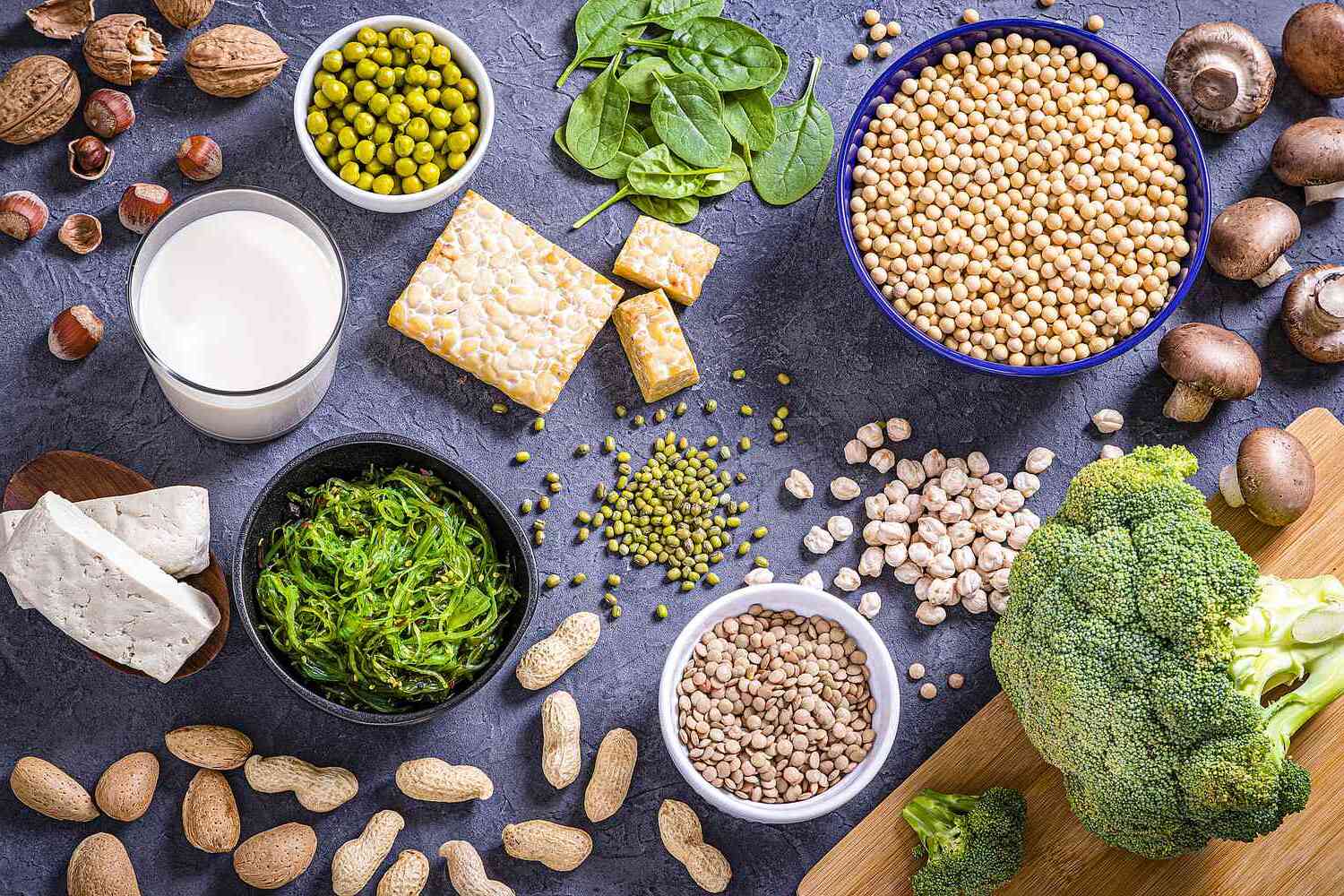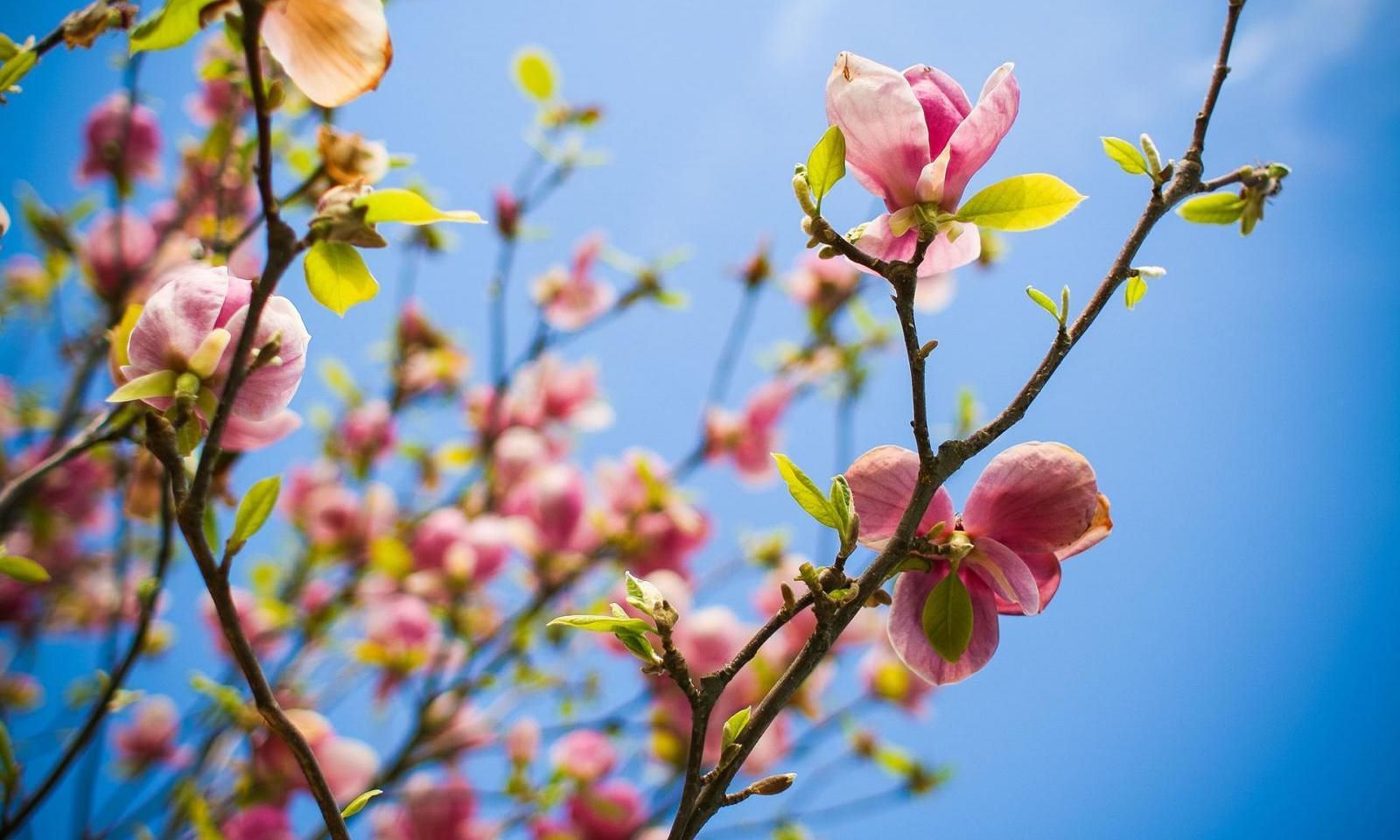
Wild Indigo, also known by its scientific name Baptisia, is a fascinating plant that boasts a rich history and an array of remarkable characteristics. With its tall, flowering stalks and vibrant hues, Wild Indigo catches the eye and adds a splash of color to any garden or landscape. But there is more to this plant than meets the eye.
In this article, we will uncover 8 astounding facts about Wild Indigo that will not only deepen your understanding of this unique plant but also leave you marveling at its wonders. From its historical use as a natural dye to its ability to fix nitrogen in the soil, Wild Indigo has numerous benefits that make it a star in the world of plants. So, if you’re ready to embark on a journey of discovery, let’s dive into these fascinating facts about Wild Indigo.
Key Takeaways:
- Wild Indigo is a vibrant perennial plant with medicinal properties, attracting pollinators and enhancing soil quality. It symbolizes power and protection, making it a low-maintenance, drought-tolerant addition to any garden.
- With its range of colors and low maintenance requirements, Wild Indigo is a great choice for gardens. It also has medicinal properties and attracts pollinators, making it a powerful and protective addition to any outdoor space.
Wild Indigo is a Perennial Flowering Plant
Wild Indigo, scientifically known as Baptisia, is a beautiful perennial flowering plant native to North America. It belongs to the legume family and is known for its vibrant flowers and medicinal properties.
It Comes in Various Colors
One of the fascinating aspects of Wild Indigo is the range of colors it comes in. From deep purple and blue to yellow and white, these flowers add a splash of color to gardens and meadows.
It Attracts Pollinators
Wild Indigo is a magnet for pollinators such as bees and butterflies. Its vibrant flowers and sweet nectar make it a popular choice among these beneficial insects, contributing to the overall ecosystem.
Wild Indigo Has Medicinal Properties
For centuries, Wild Indigo has been used in traditional medicine due to its healing properties. It has been known to possess antimicrobial and anti-inflammatory qualities, making it a valuable herb in natural remedies.
It Enhances Soil Quality
Wild Indigo is a nitrogen-fixing plant, meaning it has the ability to convert atmospheric nitrogen into a form that plants can use. This helps improve soil fertility and enhances the growth of surrounding plants.
It is Drought-Tolerant
Wild Indigo is well-adapted to dry and arid conditions, making it a great choice for xeriscaping and water-wise gardens. Its deep root system allows it to withstand long periods of drought with minimal watering.
It Symbolizes Power and Protection
In Native American cultures, Wild Indigo holds symbolic significance. It is believed to possess protective energies and is used in rituals and ceremonies to ward off negative energies and bring strength and power.
Wild Indigo is a Low-Maintenance Plant
One of the advantages of growing Wild Indigo is its low maintenance requirements. It is a hardy plant that thrives in a variety of soil conditions and does not require frequent watering or extensive care.
Conclusion
Wild Indigo is a fascinating and versatile plant with numerous incredible qualities. From its vibrant flowers to its medicinal properties, there is much to appreciate about this magnificent herb. Whether you are a nature enthusiast, a gardener, or someone interested in herbal remedies, Wild Indigo is definitely worth exploring. So next time you come across this incredible plant, take a moment to marvel at its beauty and appreciate the many benefits it has to offer.
FAQs
Q: What is Wild Indigo?
A: Wild Indigo, scientifically known as Baptisia, is a flowering plant native to North America. It belongs to the legume family and is known for its vibrant blossoms and long-lasting foliage.
Q: How tall can Wild Indigo grow?
A: Depending on the species, Wild Indigo can grow anywhere from 2 to 6 feet tall. The height also varies depending on the environmental conditions and the age of the plant.
Q: Are all Wild Indigo species medicinal?
A: Many species of Wild Indigo have medicinal properties, but the most commonly used for medicinal purposes is Baptisia tinctoria. This species is known for its anti-inflammatory and immune-stimulating properties.
Q: How can Wild Indigo be used medicinally?
A: Wild Indigo has been traditionally used to treat respiratory infections, fever, digestive issues, and skin conditions. It can be consumed as an herbal tea, used in tinctures, or applied topically in the form of ointments or creams.
Q: Can Wild Indigo be grown in gardens?
A: Yes, Wild Indigo can be cultivated in gardens. It requires full sun and well-drained soil. It is a perennial plant that can be grown from seeds or propagated through divisions.
Q: Are there any precautions to be taken when using Wild Indigo medicinally?
A: While Wild Indigo is generally safe when used responsibly, it is important to consult with a healthcare professional before using it medicinally. It may interact with certain medications and could cause allergic reactions in some individuals.
Q: Can Wild Indigo attract pollinators to the garden?
A: Absolutely! The bright and colorful flowers of Wild Indigo attract bees, butterflies, and other pollinators to the garden. It can be a great addition to any pollinator-friendly garden.
Q: Is Wild Indigo deer resistant?
A: Yes, Wild Indigo is known to be deer resistant. Its bitter-tasting leaves and alkaloids make it unattractive to deer and other browsing animals.
Wild indigo's beauty and benefits extend beyond the garden. Its cousin, Baptisia, shares many remarkable qualities that nature enthusiasts find captivating. Exploring the astonishing facts about Baptisia reveals even more reasons to appreciate these resilient, low-maintenance plants. From their ability to fix nitrogen in soil to their use in traditional medicine, Baptisia species offer a wealth of fascinating characteristics. Gardeners and nature lovers alike will find inspiration in learning about the unique attributes of these perennial flowering plants, which contribute to biodiversity and support pollinators in ecosystems across North America.
Was this page helpful?
Our commitment to delivering trustworthy and engaging content is at the heart of what we do. Each fact on our site is contributed by real users like you, bringing a wealth of diverse insights and information. To ensure the highest standards of accuracy and reliability, our dedicated editors meticulously review each submission. This process guarantees that the facts we share are not only fascinating but also credible. Trust in our commitment to quality and authenticity as you explore and learn with us.


